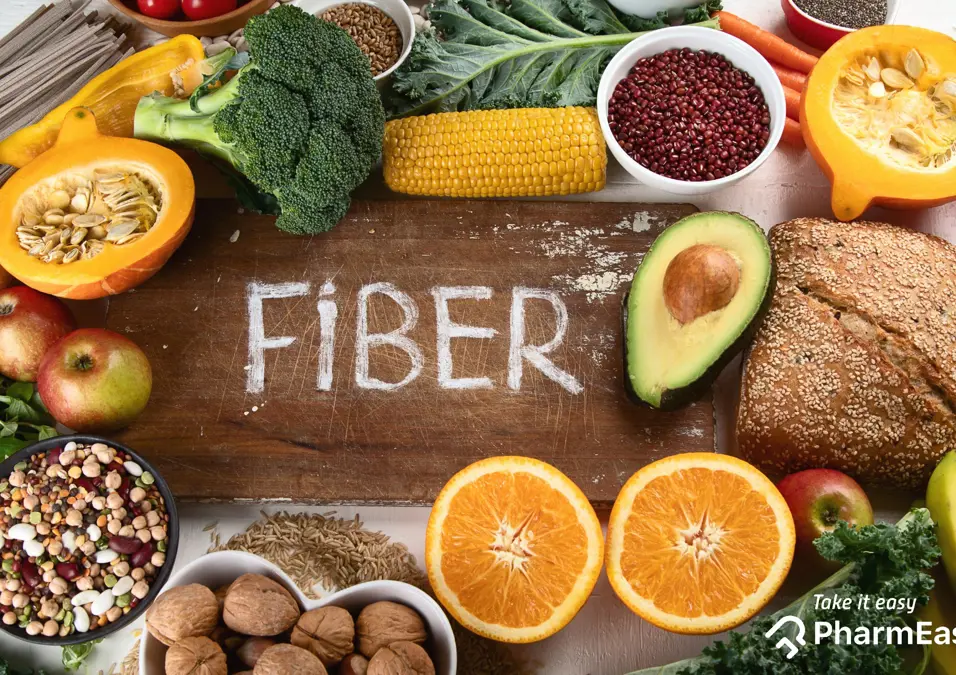Fiber Rich Foods Top 20 You Should Never Miss

SIGN UP FOR YOUR FREE DAY PASS TODAY!
Unlock the secrets to a healthier lifestyle with Fiber foods.
This comprehensive guide will introduce you to the top 20 in the world of fiber rich foods, the benefits they bring, and how they can be seamlessly incorporated into your daily diet.
Discover the numerous benefits of consuming fiber regularly, from managing your blood sugar levels to promoting a healthy weight.
- Read more: ICE BATH DUBAI TOP PLACES
The Benefits of High Fiber Foods
Fiber is commonly known for its ability to promote regular bowel movements, but the advantages of high fiber foods go far beyond that.
Here are some reasons why fiber-rich foods should never be absent from your plate:
- Improved Digestive Health:
As mentioned earlier, both soluble and insoluble fibers play a vital role in promoting healthy digestion. A diet rich in fiber can help prevent constipation, diarrhea, and other digestive issues. - Weight Management:
High-fiber foods are more filling, which means you'll feel satisfied with smaller portions. Furthermore, fiber-rich meals take longer to chew and digest, making it less likely for you to overeat. - Lower Risk of Chronic Diseases:
Studies have shown that a diet high in fiber can reduce the risk of chronic diseases such as heart disease, stroke, and certain types of cancer. - Better Blood Sugar Control:
Soluble fibers slow down the absorption of sugar into the bloodstream, preventing spikes and crashes in blood sugar levels. This is especially beneficial for individuals with diabetes. - Healthy Gut Bacteria:
Fiber serves as a prebiotic, nourishing the good bacteria in our gut that supports overall gut health.

Top 20 High Fiber Foods
Here are 15 Fiber rich foods you should consider adding to your diet:
1. Pears: The Sweet Fiber Powerhouse
With a fiber content of 5.5 grams in a medium-sized, raw pear and 3.1 grams per 100 grams, pears not only satisfy your sweet tooth but also contribute to your daily fiber intake.
2. Avocado: The Creamy Fiber Giant
Avocados are a fiber-rich food, with 10 grams in 1 cup of raw avocado and 6.7 grams per 100 grams, adding a creamy texture and fiber boost to your meals.
3. Oats: A Fiber-Filled Breakfast Staple
Starting your morning with oats can contribute a remarkable 16.5 grams per cup of raw oats, or 10.1 grams per 100 grams to your daily fiber intake.
4. Apples: An Easy, Fiber-Rich Snack
Apples are an easy on-the-go snack offering 4.4 grams of fiber in a medium-sized, raw apple, and 2.4 grams per 100 grams.
5. Raspberries: A Tangy Source of Fiber
One cup of raw raspberries not only delivers a tangy flavor but also an impressive 8 grams of fiber, or 6.5 grams per 100 grams.
6. Bananas: Potassium and Fiber in One
Bananas offer 3.1 grams of fiber in a medium-sized banana, and 2.6 grams per 100 grams, making them not only a source of potassium but also fiber.
7. Carrots: Crunchy and Full of Fiber
Carrots contain 3.6 grams of fiber in 1 cup of raw carrots, and 2.8 grams per 100 grams, making this crunchy vegetable a great addition to any meal.
8. Beets: A Sweet and Fiber-Filled Root Vegetable
Beets pack a sweet flavor and 3.8 grams of fiber per cup of raw beets, or 2 grams per 100 grams, proving that this root vegetable is more than just a beautiful color.
9. Broccoli: A Green Veggie with Lots of Fiber
Broccoli offers 2.4 grams of fiber per cup, or 2.6 grams per 100 grams, making this green vegetable a fiber-filled addition to any plate.
10. Artichoke: A Unique, Fiber-Rich Food
Artichokes are not only unique in their flavor and texture but in their fiber content too, with 6.9 grams in 1 raw globe or French artichoke, and 5.4 grams per 100 grams.
11. Brussels sprouts: A Small Veggie with Big Fiber Numbers
Brussels sprouts are petite in size but mighty in fiber content, providing 3.3 grams per cup of raw Brussels sprouts, and 3.8 grams per 100 grams.
12. Lentils: A Plant-Based Protein and Fiber Source
Along with being a plant-based protein source, lentils provide 13.1 grams of fiber per cup of cooked lentils, and 10.7 grams per 100 grams.
13. Kidney beans: A Fiber-Rich Addition to Any Dish
Kidney beans are versatile and fiber-rich, with 12.2 grams per cup of cooked beans, and 7.4 grams per 100 grams.
14. Split peas: A High Fiber Legume
Split peas, often used in warming soups, offer 16.3 grams of fiber per cup of cooked split peas, and 8.3 grams per 100 grams.
15. Chickpeas: Great in Fiber and Versatility
Chickpeas are as versatile as they are high in fiber, with 12.5 grams per cup of cooked chickpeas, and 7.6 grams per 100 grams.
16. Quinoa: A Grain Rich in Fiber and Protein
Quinoa is a rare grain that's both high in protein and fiber, offering 5.2 grams of fiber per cup of cooked quinoa, or 2.8 grams per 100 grams.
17. Popcorn: A Fun Snack with Serious Fiber
Popcorn is a fun, light snack that also packs in the fiber, with 1.15 grams per cup of air-popped popcorn, or 14.5 grams per 100 grams.
18. Chia seeds: A Tiny Seed with Mighty Fiber Content
Chia seeds may be tiny, but they're mighty when it comes to fiber, offering 9.75 grams per ounce of dried chia seeds, or 34.4 grams per 100 grams.
19. Sweet Potatoes: A Comfort Food Loaded with Fiber
A medium-sized boiled sweet potato (without skin) has 3.8 grams of fiber, or 3 grams per 100 grams, proving comfort food can also be healthy.
20. Dark Chocolate: A Sweet Treat with a Fiber Bonus
Dark chocolate offers a sweet indulgence and also a fiber boost with 3.1 grams in a 1-ounce piece of 70%–85% cacao, or 10.9 grams per 100 grams..
Recommended daily intake of fibre Rich Foods
| Age | Female | Male |
| 1–3 years | 14 g | 14 g |
| 4–8 years | 16.8 g | 19.6 g |
| 9–13 years | 22.4 g | 25.2 g |
| 14–18 years | 25.2 g | 30.8 g |
| 19–50 years | 25 g | 38 g |
| 51 years and over | 21 g | 30 g |
Fibre Rich Foods FAQ'S
What's an easy way to start my day with more fiber?
Choose a high-fiber breakfast cereal with at least 5 grams of fiber per serving to kickstart your day with a fiber boost.
How can I ensure I'm eating enough whole grains?
Aim to make at least half of your grain intake whole grains by opting for whole wheat, brown rice, or other whole-grain products.
Can I increase the fiber content in homemade baked goods?
Yes, by incorporating whole-grain flours or adding fiber-rich ingredients like oats or bran into your recipes, you can boost the fiber content.
What's a good dietary source of fiber besides grains?
Legumes, such as beans, lentils, and peas, are excellent sources of fiber and can significantly contribute to your daily intake.
How can I make my snacks more fiber-rich?
Opt for snacks that naturally contain fiber, such as fresh fruits, vegetables, nuts, and whole-grain products, to increase your fiber intake throughout the day.
GET YOUR FREE TRIAL TODAY
















































































